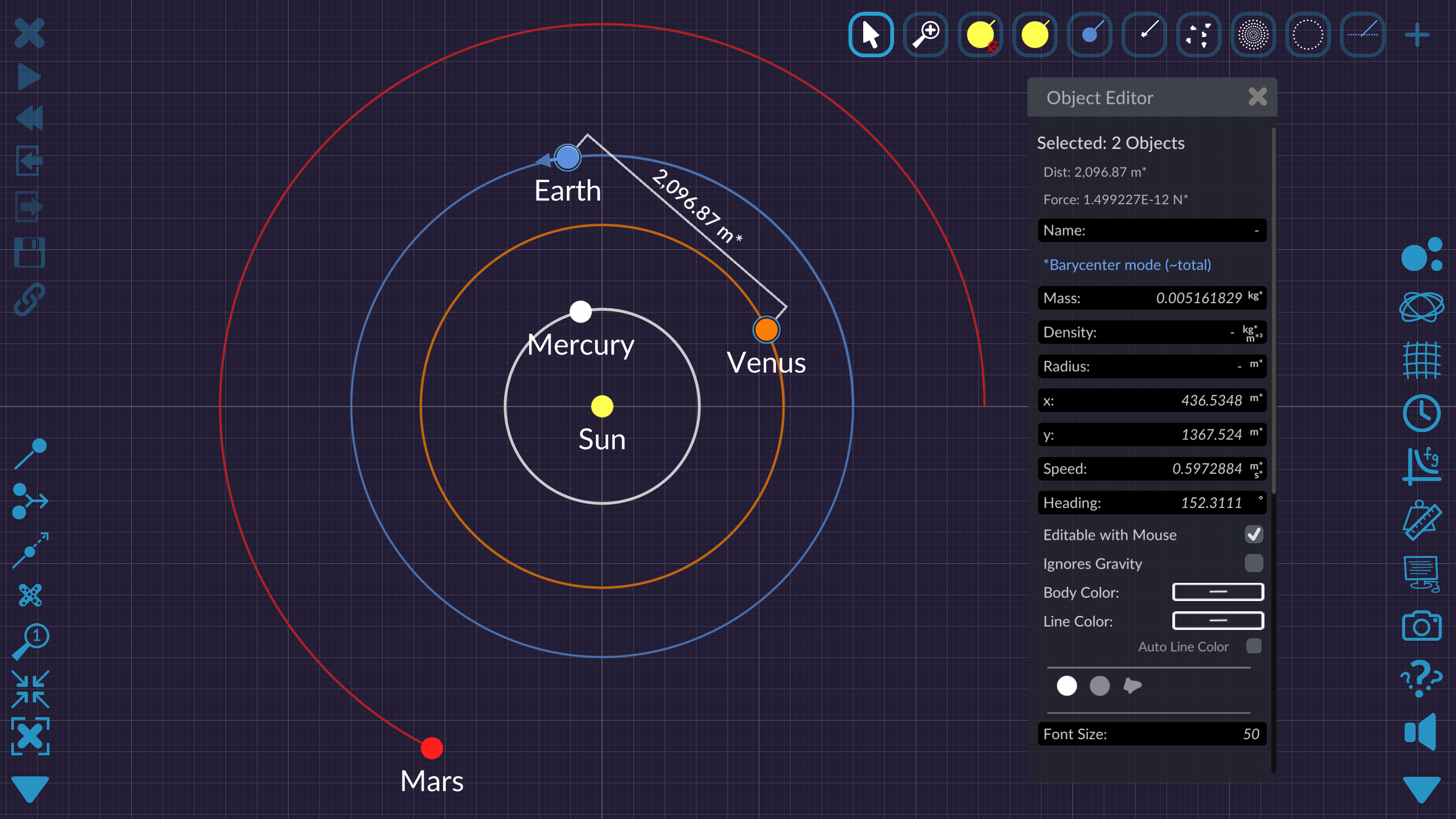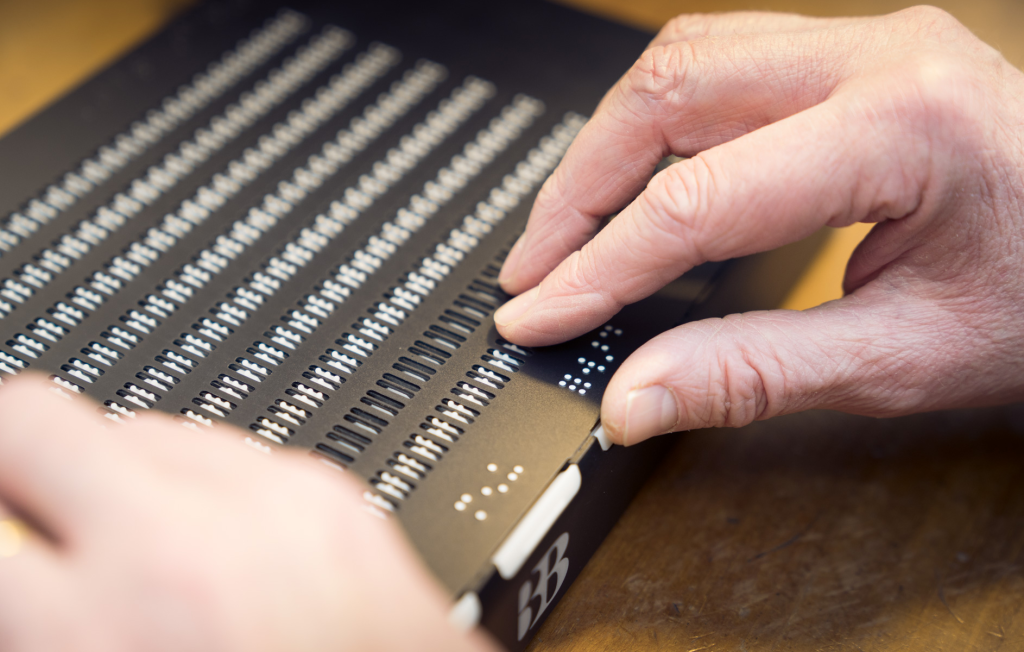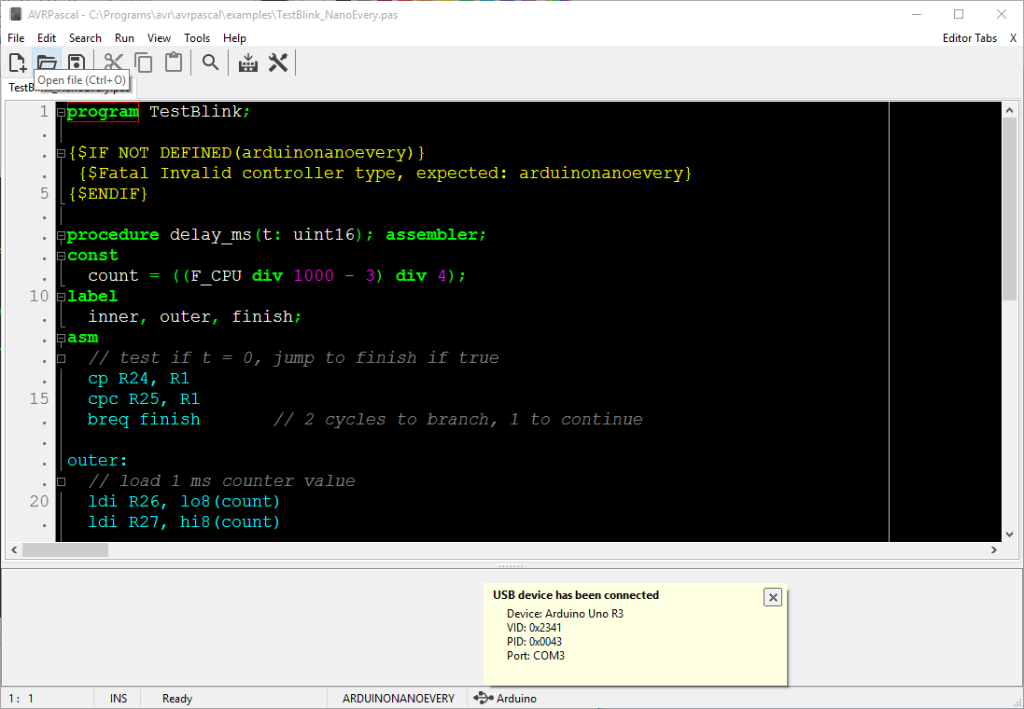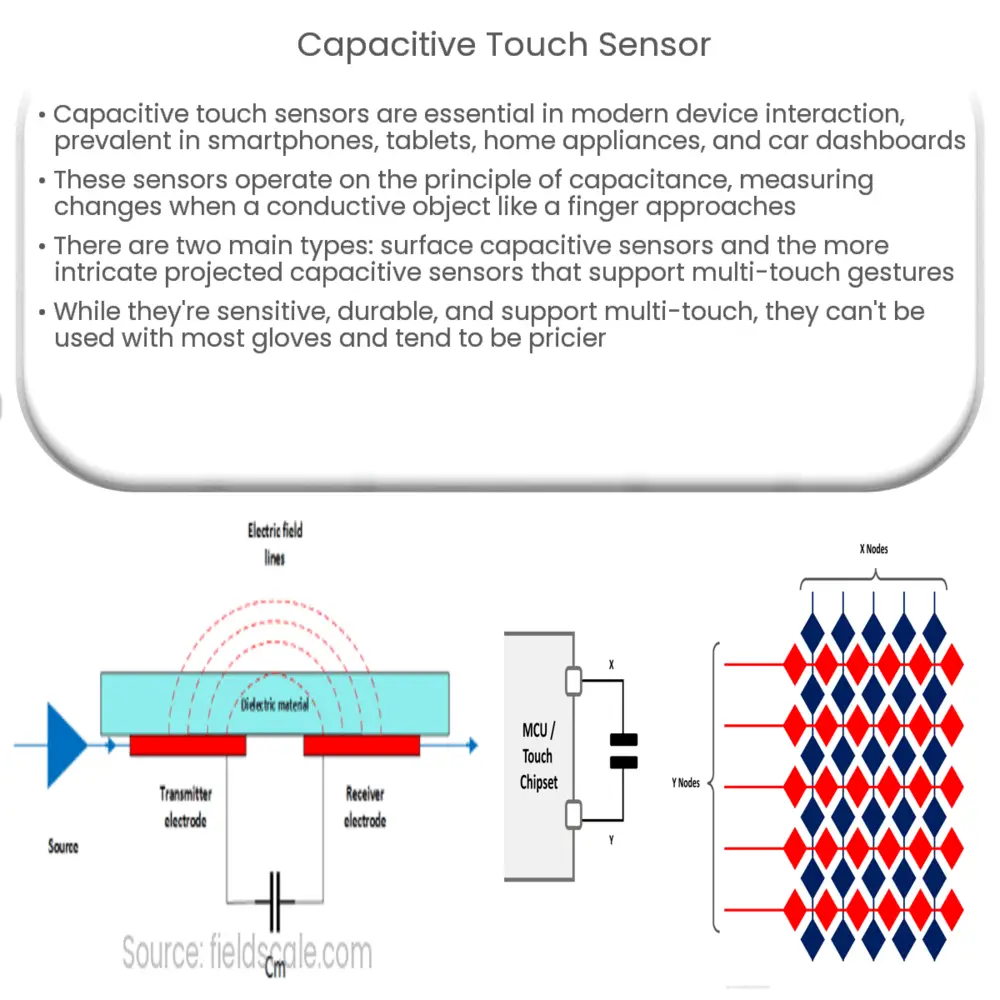Gravity simulator technology offers a fascinating glimpse into the effects that gravitational forces have on physical objects, expanding our understanding of gravity itself. By mimicking different gravitational environments, users can engage in gravity simulation activities that reveal how objects behave on various celestial bodies, from the Moon’s low-gravity experience to the intense gravitational pull of Jupiter. This innovative tool is essential for gravity training, helping enthusiasts and aspiring astronauts alike to grasp the principles of exploring gravity in a hands-on setting. Through this immersive experience, individuals can appreciate the significant role of gravity effects on motion, balance, and overall interaction with their surroundings. With the gravity simulator, the wonders of astrophysics become accessible, sparking curiosity and a deeper interest in the forces that govern our universe.
The concept of a gravity simulator can be engagingly described using terms like gravitational modeling and simulation of planetary effects, which delve into the intricacies of how gravity operates in various environments. With such technologies, individuals can comprehend the nuances of gravitational interactions, from experiencing the dynamics of low-gravity states to analyzing the implications of heavy planet conditions in a controlled setting. These systems serve as valuable educational resources, allowing people to participate in gravity training that lays a foundation for future exploration of outer space. As users navigate the complexities of these simulated gravitational scenarios, they cannot help but be drawn into the science of exploring gravity in diverse contexts. Ultimately, the experience is as much about fascination with the cosmos as it is about understanding the fundamental forces that shape our physical reality.
Understanding Gravity Simulation
Gravity simulation refers to the techniques and tools used to replicate the effects of gravity in environments that differ from Earth’s gravitational pull. In scenarios like space exploration, understanding gravity’s influence is critical for planning missions to celestial bodies such as the Moon and Mars. This knowledge directly affects everything from the design of spacecraft to the training astronauts undergo to prepare for the unique gravity conditions they will face. By simulating gravity, researchers and educators can offer insights into how weightlessness impacts human physiology and behavior.
The gravity simulator mentioned utilizes advanced technology to mimic gravity from other planets. For instance, when experiencing a low-gravity environment, users can observe how objects move differently compared to Earth. This important aspect of gravity training not only helps in practical applications like astronaut preparation but also serves educational purposes, providing a hands-on experience that enhances the understanding of gravitational force and its effects on both living beings and inanimate objects.
The Importance of Gravity Training
Gravity training is crucial for astronauts as it prepares them for the physiological challenges that come with prolonged exposure to low or varying gravity levels. Astronauts must learn to adapt their movements and physical responses in environments where their bodies respond differently than on Earth. Effective training methods, such as simulations and physical conditioning specific to low-gravity experiences, ensure that astronauts can execute their tasks efficiently upon arrival at their destination.
Moreover, gravity training benefits not only astronauts but also other professionals operating in unique gravitational conditions, including scientists studying celestial bodies. Understanding how to move and function in altered gravity environments aids in conducting experiments effectively, whether it involves releasing objects to study their trajectory or navigating rocky terrains on distant planets. By utilizing gravity simulators as part of training, participants can gain a deeper appreciation of the complexities involved in exploring gravity on other worlds.
Experiencing Low-Gravity Conditions
Experiencing low-gravity conditions offers individuals a unique perspective and understanding of how significant Earth’s gravitational force is, compared to other celestial bodies. Gravity simulation technology allows users to engage in activities that emulate being on planets with lesser gravity, providing a fun and educational experience. This process can highlight fundamental physical principles, such as the differences in weight and motion observed when transitioning from one gravitational environment to another.
These simulated experiences also serve as a prelude to actual space missions. They help prospective astronauts acclimatize to movements and challenges they might face during actual off-world missions. The use of gravity simulators expands the understanding of gravity effects beyond mere theoretical knowledge, allowing users to physically feel and visualize the science behind gravitational forces at work.
Exploring Gravity Effects on Human Physiology
The effects of gravity on human physiology are profound, especially when considered in the context of space travel. Under the influence of lower gravity, various bodily functions may change, resulting in different experiences with muscle mass, bone density, and overall physical health. Gravity simulation tools play a vital role in understanding these effects by mimicking the conditions astronauts experience during missions. This understanding helps in developing countermeasures to mitigate the adverse effects of long-term low-gravity exposure.
Additionally, gravity effects can also influence cognitive function and psychological well-being in astronauts. Research suggests that changes in gravity can impact spatial awareness and the body’s internal regulation, making the study of these phenomena crucial. By utilizing gravity simulators, scientists can observe reactions and adaptations in a controlled environment, further refining future training programs for space explorers.
The Role of Gravity Simulators in Education
Gravity simulators play an essential role in educational settings, particularly in STEM (Science, Technology, Engineering, and Mathematics) curricula. By allowing students to engage with gravitational concepts through interactive experiences, these devices enhance learning outcomes. Students can visualize and experiment with the principles of gravity, gaining a richer, hands-on understanding of physical sciences. Such engagement fosters interest and curiosity about space and related fields.
Furthermore, integrating gravity simulations into educational programs encourages collaborative learning. Students often work in groups to explore gravitational phenomena, discussing and sharing discoveries about low-gravity environments and the laws governing them. This collaborative approach not only solidifies understanding but also inspires future generations to consider careers in aerospace and scientific research.
Innovative Training Techniques for Space Exploration
Innovative training techniques are essential for preparing astronauts for the realities of space exploration. Beyond traditional methods, incorporating technology like gravity simulators offers diverse approaches to understanding the physical challenges faced in space. These simulators provide a preview of the physical scenarios astronauts might encounter, making them an invaluable asset for any astronaut training program.
Additionally, technology continues to evolve, leading to new training possibilities. Combining advancements in virtual reality with gravity simulations enables even more immersive and instructive experiences. As these tools develop, they promise to enhance how we prepare individuals for the gravitational variations found on the Moon, Mars, and beyond, ensuring that they are not only physically prepared but also ready to tackle the psychological aspects of space travel.
Challenges of Adapting to Different Gravity Levels
Adapting to different gravity levels presents several challenges for astronauts. Physically, the human body is accustomed to Earth’s gravitational pull, making transitions to lower gravity environments disorienting. Alongside the challenges of balance and movement, astronauts also have to contend with diminished muscle and bone strength over time, which gravity training programs aim to mitigate. Implementing gravity simulations into training helps candidates prepare for these adjustments, providing a realistic framework for understanding their capabilities.
Moreover, the psychological impacts of adapting to different gravity levels should also not be overlooked. Experiencing altered forces can cause stress and anxiety, especially during space travel. Training that incorporates gradual exposure to these changes can alleviate some pressure, marking the importance of tools like gravity simulators. Participants can adjust and develop new skills in a safe environment, potentially leading to improved performance and lower stress levels during real missions.
The Future of Gravity Research
The future of gravity research holds exciting potential, especially as humanity aims for deeper exploration of our solar system. Advancements in gravity simulators will play a pivotal role in this evolution. As researchers develop more sophisticated tools to replicate various gravitational environments, they will provide broader education and training opportunities, significantly improving astronaut training and public understanding.
Furthermore, as scientists continue to study gravity effects and the broader implications of different gravitational pulls, new discoveries may arise that challenge current scientific understanding. The role of gravity research is paramount not only in preparing for missions to other worlds but also in contributing to fundamental science. By harnessing modern technology and research methods, future explorations may yield groundbreaking insights into the nature of gravity itself.
Frequently Asked Questions
What is a gravity simulator and how does it work?
A gravity simulator is a device designed to mimic the effects of different gravitational conditions, allowing users to experience how balance and motion change under varying gravity levels. It typically uses sensors and visual displays, such as LED lights, to simulate the experience of balancing an object, helping users understand the challenges of living and moving in low-gravity environments.
How can a gravity simulation enhance training for space missions?
Gravity simulation allows astronauts to train for conditions they will face on other planets, such as the Moon or Mars. By experiencing reduced gravity, users can improve their balance and coordination, which are crucial for operating in environments with different gravitational effects. This training helps prepare astronauts for the physical demands of their missions.
What are the benefits of using a low-gravity experience simulator?
A low-gravity experience simulator provides an engaging way to understand the dynamics of gravity on other planets. It can enhance educational experiences and provides insights into the physics of balance and movement in reduced gravity. This simulation can also serve as an effective training tool for astronauts and researchers.
Can a gravity simulator replicate conditions of specific celestial bodies?
Yes, many gravity simulators can be adjusted to replicate the gravity effects of specific celestial bodies, such as the Moon or Mars. By altering simulation parameters, users can experience how different gravitational forces influence balance and motion, offering insights that are valuable for space exploration preparation.
What types of activities can be done with a gravity simulator?
A gravity simulator can facilitate various activities, such as balancing exercises, educational demonstrations, and astronaut training simulations. Users can explore how gravity affects everyday actions and enhance their understanding of scientific concepts related to gravity effects and motion dynamics.
Are there affordable options for experiencing gravity training?
Yes, one affordable option for experiencing gravity training is the use of low-gravity acrobatic devices or gravity simulators that are designed for public use. These devices provide an accessible way to engage with the principles of gravity simulation without the need for advanced technology or expensive setups.
How does gravity effects impact movement across different planets?
Gravity effects play a significant role in how movement occurs on different planets. For instance, lower gravity allows for higher jumps and longer float durations, while greater gravity requires more effort to move. Understanding these effects through simulation can help prepare astronauts for the physical challenges of planetary exploration.
| Feature | Description |
|---|---|
| Purpose | To simulate different gravitational conditions experienced on other planets. |
| Design | A row of 60 NeoPixels on a lightweight PVC pipe controlled by an Arduino Nano with an inertial measurement unit. |
| Functionality | Senses the angle of the pipe and simulates balancing a ball which travels based on user motion. |
| Experience Variation | Changes dramatically between Earth’s gravity, heavier planets, and lighter ones. |
| Alternative Training Methods | Includes parabolic flights and buoyancy tanks, but the simulator is an affordable public option. |
Summary
The gravity simulator provides an engaging way to understand the effects of gravity on other planets, far beyond our everyday experience on Earth. By allowing users to visualize and feel the implications of different gravitational strengths, this technology enhances our knowledge and preparation for future exploration. Not only does it serve as a low-cost training device, but it also opens the door for broader public participation in space education.



